 Offred is a Handmaid in the Republic of Gilead, a near-future, repressive, uber-christian, New England splinter government that has usurped the United States after assassinating the president and gunning down Congress (Atwood never mentions if the Judicial made it out, but I guess we usually forget them anyway).
Offred is a Handmaid in the Republic of Gilead, a near-future, repressive, uber-christian, New England splinter government that has usurped the United States after assassinating the president and gunning down Congress (Atwood never mentions if the Judicial made it out, but I guess we usually forget them anyway).
The role of a Handmaid is to be an “unworthy vessel.” A vessel for what? Children. In the Republic of Gilead, always on the crusading march to reclaim lost territory, children are a precious national resource. Pollution has made bearing children risky and uncertain business, and the extremely hierarchical Gilead has relegated this compulsory job to the Handmaids, erstwhile women in second marriages or single parenthood. The Handmaids are bred with “Commanders,” the elite of the new order, under the supervision of their Wives. Should one bear a child, it will be taken by the Wives. Should the handmaid fail to conceive, she will be sent to “The Colonies” to clean up nuclear or toxic waste without protective gear.
Offred’s life is a nightmare. She is confined to a small room, banned from reading, banned from talking to others, banned from voicing opinions. But the regime can’t stop Offred from thinking, and telling her story, silently to herself. She tells her story to you, the improbable reader through the ethos.
As an interesting kind of footnote at the end of the novel suggests, the horrific forms the repression of women and sexuality take in The Handmaid’s Tale are hardly novel; Atwood draws on specific historical precedents across the world and time to weave the web of oppression that has so hopelessly ensnared Offred (“Of Fred,” her Commander). But she is not wholly without hope. As Offred notes, “there will always be alliances” and always ghosts in the machine of any political system. She finds herself struggling to survive, first to live, and then to liberate herself.
I first read Handmaid’s Tale when I was in high school, and coming back to the book this summer was a delight. It was a demanding, inventive, read for any tenth grader, and attending to the tropes from various feminisms which play through the narrative were harder to grasp from the vantage point of a fifteen year old boy. I enjoyed this re-read because I am now more familiar with Atwood’s prolific oeuvre, and better able to appreciate a novelist who can juggle many different themes and topics with such terse parsimony of words. Atwood has a penchant for developing viscerally sickening dystopias, and one can find different germs of various elements of dystopia from her more recent Madaddam trilogy in Offred’s narrative. An utterly haunting book that showcases some of Atwood’s finest writing.
Rating: A book pregnant with sharp commentary, rich emotion, and amazing Scrabble words, I recommend it highly.
Availability: St. Mary’s Library, USMAI and COSMOS
Review Submitted by: Shane D. Hall
Rating: Highly Recommended









